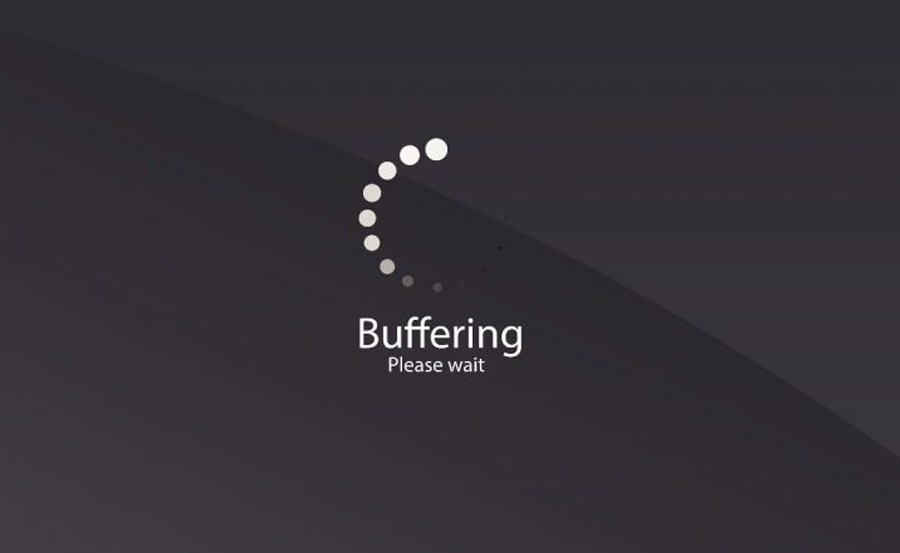Buffering is one of the most common frustrations for streaming enthusiasts. Whether you’re watching movies, live TV, or playing games, frequent interruptions can ruin the experience. This article dives into the causes of buffering, effective troubleshooting methods, and tips to ensure smooth streaming in 2024.
Buy 1 Year IPTV and Enjoy Unlimited Content
What is Buffering?
Buffering occurs when a media player temporarily pauses to load data, ensuring a smooth playback experience. It happens when your internet connection or device cannot keep up with the IPTV streaming service’s requirements.
While some buffering is inevitable, persistent or prolonged buffering can often be avoided by addressing the underlying issues.
Common Causes of Buffering
- Slow Internet Connection
Insufficient bandwidth is the most common reason for buffering. - Network Congestion
Peak usage times or multiple devices connected to the same network can strain your internet. - Device Performance
Older devices or those with insufficient RAM and processing power may struggle to handle high-definition streaming. - Server Issues
The streaming service itself may experience server overloads or downtime. - High Video Quality Settings
Streaming at 4K or HD consumes more bandwidth, which can lead to buffering if your connection isn’t fast enough.
Maximizing IPTV on Roku: Tips for a Seamless Experience
How to Fix Buffering Issues
- Check Your Internet Speed
Use tools like Speedtest.net to ensure your internet meets the streaming service’s requirements. For HD streaming, aim for at least 5 Mbps; for 4K, 25 Mbps or more is recommended. - Reduce Network Congestion
Limit the number of devices using your network during streaming. You can also prioritize your device using your router’s Quality of Service (QoS) settings. - Lower the Video Quality
If buffering persists, reduce the streaming resolution to 720p or 480p for smoother playback. - Clear Cache
Clear your streaming app or browser cache to improve performance. - Use a Wired Connection
Connect your device to the router using an Ethernet cable for a more stable connection. - Update Your Devices
Ensure your streaming device, app, and router firmware are up-to-date. - Restart Your Network Equipment
Power cycle your modem and router to refresh your connection. - Use a VPN
Sometimes, your internet service provider (ISP) may throttle your streaming speeds. A VPN can help bypass this throttling. - Optimize Your Device
Close unused apps and processes to free up system resources. - Switch to a Better Service Provider
If your internet consistently underperforms, consider upgrading your ISP or switching to a provider with faster speeds.
A Beginner’s Guide to Setting Up Picons on IPTV
Preventing Buffering in the Future
- Invest in a high-speed internet plan that supports streaming.
- Regularly maintain and upgrade your network hardware.
- Schedule IPTV Streaming during off-peak hours for less congestion.
Conclusion
Buffering doesn’t have to disrupt your entertainment. By understanding its causes and implementing the solutions outlined above, you can enjoy seamless streaming experiences in 2024. Whether you’re binge-watching shows or live streaming events, a little preparation goes a long way in preventing interruptions.

